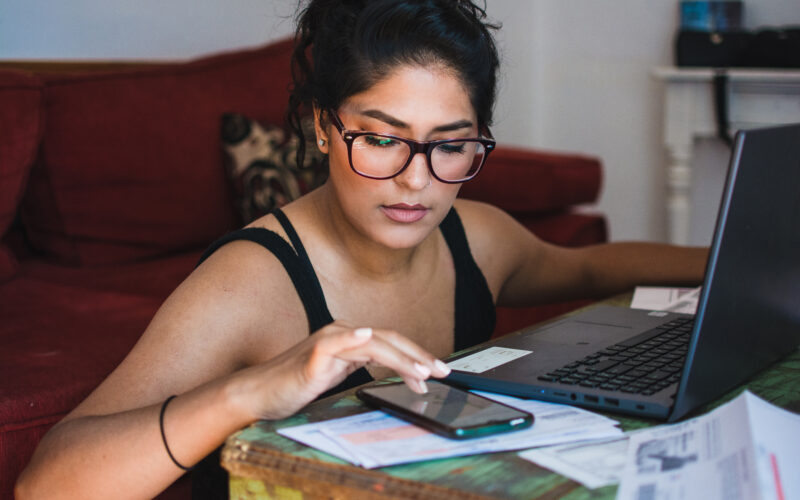The internet is a complicated place, and security has become increasingly important for all who surf it. One of the more common ways to help secure online accounts is to enable two-factor authentication if it is available. However, many people still have a lot of questions about what two-factor authentication (2FA) is, what it does, and why it’s important. So, in this article, we’ll take a closer look at this.
What is two-factor authentication?
Two-factor authentication acts as an additional level of security to help prevent hackers from accessing your online accounts. This could mean your personal or work email, online banking accounts, or even some shopping accounts that store your personal and credit card information. When two-factor authentication is activated, it means it’ll take more than just your username and password to access your account. By using two different authentication factors to grant access to an account, you’re creating a more secure online environment for your personal information. It’s far from perfect, but in our very online world, every extra step counts.
Why do we need two-factor authentication?
Cybercrime is on the rise, and your personal information may be valuable to hackers. Having a strong password is important, but it’s only one layer of protection. If a hacker figures out your password and you don’t have two-factor authentication, they might have immediate access to your account. When 2FA is activated, you’ll not only have an extra layer of security on your important online accounts, but you may also get notified if someone attempts to access your account, allowing you to deny the hacking attempt.
How does two-factor authentication work?
Basically, when you attempt to access one of your accounts using your password, it triggers a prompt that asks for an additional piece of information to grant account access. This could mean a text message is sent to your phone with a special code to enter at login, or you may use an authenticator app that generates a time-sensitive code that can be used to unlock your account. Once this additional information is entered, you can access your account.
What are examples of 2FA?
Some of the more common forms of 2FA are text or voice-based. These use your phone to send you a unique passcode that you can enter to unlock your account. This code is either texted to you or you’ll receive an automated call that tells you the code.
Another common form of authentication is an app-generated code, known as a software token. In this instance, you may need to download an app on your mobile phone or desktop—just make sure it’s compatible with your accounts. When you log into your account and you’re asked for additional authentication, you’ll open the app, it will generate a time-sensitive code, and you’ll enter that code into the appropriate field to access to your account.
Other forms of authentication include push notifications, where your account in question sends a notification to your phone and asks you to accept or deny access, and biometric authentication, such as using your fingerprint to unlock your computer.
Learn more about authentication and security
Hopefully, this article gave you a basic idea of how this crucial security technology works. To learn more about additional authentication methods and multi-factor authentication (MFA), check out this article on the AT&T Cyber Aware website.
This article is AT&T sponsored content written by Carly Milne, a TechBuzz contributor. The statements in this article are her own and don’t necessarily represent the positions, strategies, or opinions of AT&T.





